Description
Learn about using Wheat grain for sale as a cost-effective and nutritious feed for cattle. Know it’s benefits, usage, and potential for animal health.
Wheat grain for sale
Wheat Grain for Cattle Feeding: A Valuable Resource with Considerations
Wheat, primarily known as a staple in human diets, can also be a valuable resource in cattle feeding programs. While not traditionally the first choice for livestock rations, due to cost considerations and historical availability, wheat grain can offer a readily available and energy-dense feed source, particularly in regions where it’s economically competitive or surplus to human consumption. However, incorporating wheat into cattle diets necessitates careful planning and management to maximize its benefits and mitigate potential risks.
Nutritional Value of Wheat Grain:
Wheat boasts a high energy content, primarily derived from carbohydrates in the form of starch. It’s generally considered more digestible than some other cereal grains like corn, resulting in greater energy availability for cattle. Wheat also provides a moderate amount of protein, though its protein content and quality can vary depending on the variety and growing conditions.
Wheat grain for sale
Here’s a breakdown of its key nutritional components:
- High Energy: Primarily through starch, contributing to weight gain and milk production.
- Moderate Protein: Contributes to overall protein requirements of cattle.
- B Vitamins: Essential for various metabolic processes.
- Relatively Low Fiber: Compared to forages, requiring careful balancing in the diet.
Benefits of Using Wheat in Cattle Rations:
- Readily Available: In certain regions, wheat may be more readily available and cost-effective than traditional feed grains like corn.
- Easily Digestible: Cattle can efficiently digest wheat starch, leading to high energy utilization.
- Potential for Improved Performance: When properly balanced, wheat can contribute to improved growth rates and milk production.
- Supplementation in Forage-Based Diets: Wheat can efficiently supplement forage-based diets, providing essential energy and protein.
Considerations and Potential Risks:
While wheat offers advantages, it’s crucial to address potential challenges:
- Acidosis: Wheat’s rapid starch fermentation in the rumen can lead to a rapid drop in pH, causing rumen acidosis. This can result in decreased feed intake, lameness, liver abscesses, and even death. Careful management of inclusion rates and feed processing is essential to prevent this.
- Bloat: Similar to acidosis, rapid fermentation can also contribute to bloat, particularly in cattle grazing lush pastures and then consuming wheat.
- Protein Deficiency: Wheat can be relatively low in protein depending on the variety. Ensure adequate protein supplementation through other feed sources.
- Mineral Imbalances: Wheat can be low in certain essential minerals like calcium, requiring supplementation to maintain optimal health and performance.
- Mycotoxin Contamination: Like other grains, wheat can be susceptible to mycotoxin contamination. Testing and preventative measures are crucial to minimize the risk of adverse health effects.
- Cost-Effectiveness: The economic viability of using wheat depends on its price relative to other feed grains in a given region. Continuously evaluating market prices is crucial.
Recommendations for Feeding Wheat to Cattle:
- Gradual Introduction: Gradually introduce wheat into the diet over a period of several days to allow the rumen microbes to adapt.
- Limit Inclusion Rates: Generally, wheat should not exceed 50% of the grain portion of the diet, and lower levels are often recommended, especially for naive cattle.
- Proper Processing: Rolling or cracking wheat aids in digestion, but fine grinding should be avoided as it increases the risk of acidosis.
- Combine with Roughage: Ensure adequate roughage intake (e.g., hay, silage) to stimulate rumen function and buffer against acidosis. Aim for at least 1% of body weight as dry matter from roughage.
- Supplement with Protein and Minerals: Balance the diet with supplemental protein and minerals to meet the specific nutritional requirements of the cattle based on their age, stage of production, and overall diet.
- Monitor Rumen pH: Regularly monitor cattle for signs of acidosis, such as decreased feed intake, diarrhea, and lameness. Consider using rumen buffers like sodium bicarbonate if necessary.
- Mycotoxin Testing: Regularly test wheat for mycotoxins and take appropriate measures to mitigate risks.
- Consult with a Nutritionist: Working with a qualified animal nutritionist is highly recommended to develop a balanced and cost-effective feeding program that includes wheat.
Conclusion:
Wheat grain can be a valuable feed resource for cattle when incorporated strategically into a well-balanced diet. While offering benefits in terms of energy and digestibility, careful management and attention to detail are critical to prevent acidosis, bloat, and other potential health problems. By understanding the nutritional characteristics of wheat and following recommended feeding practices, producers can effectively utilize this grain to improve cattle performance and profitability. Always prioritize animal health and welfare by monitoring their response to dietary changes and adjusting feeding strategies as needed.
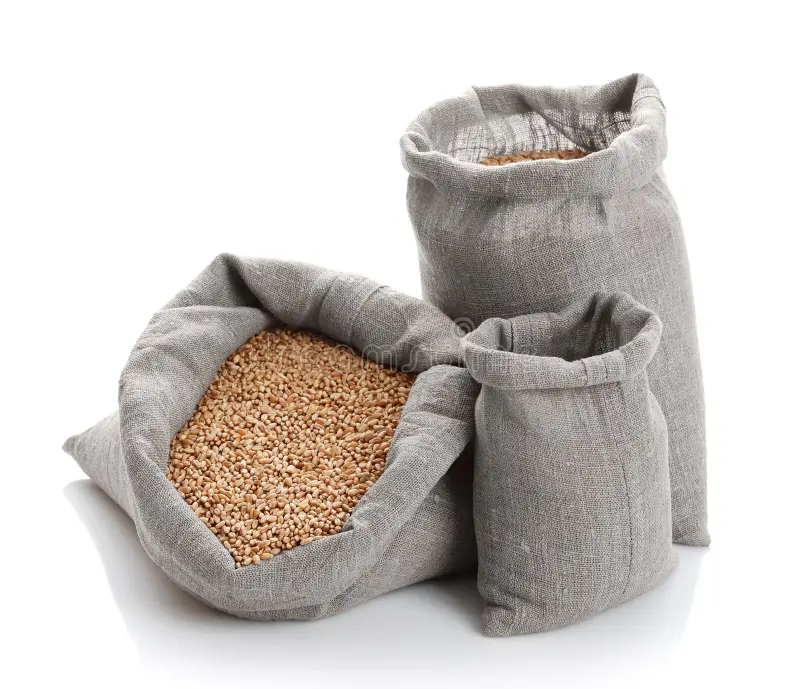
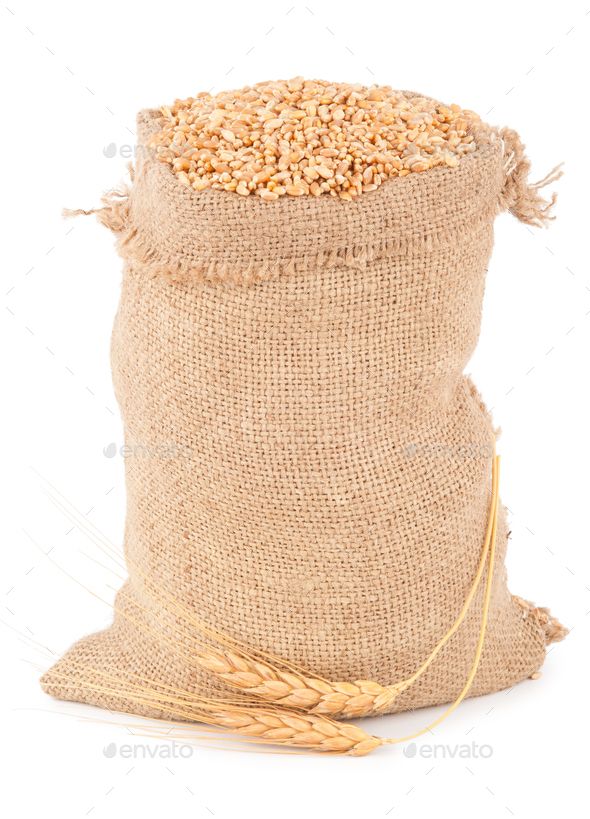
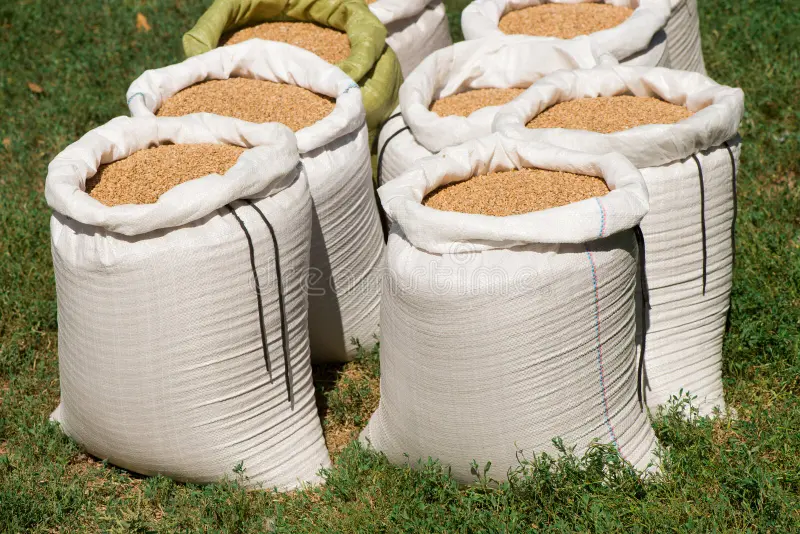


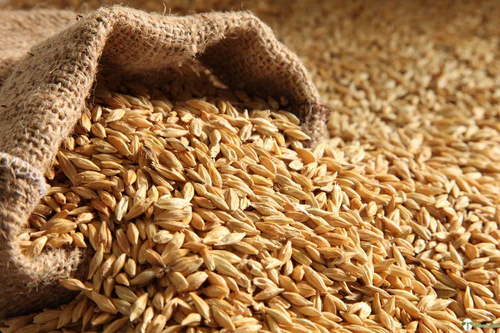
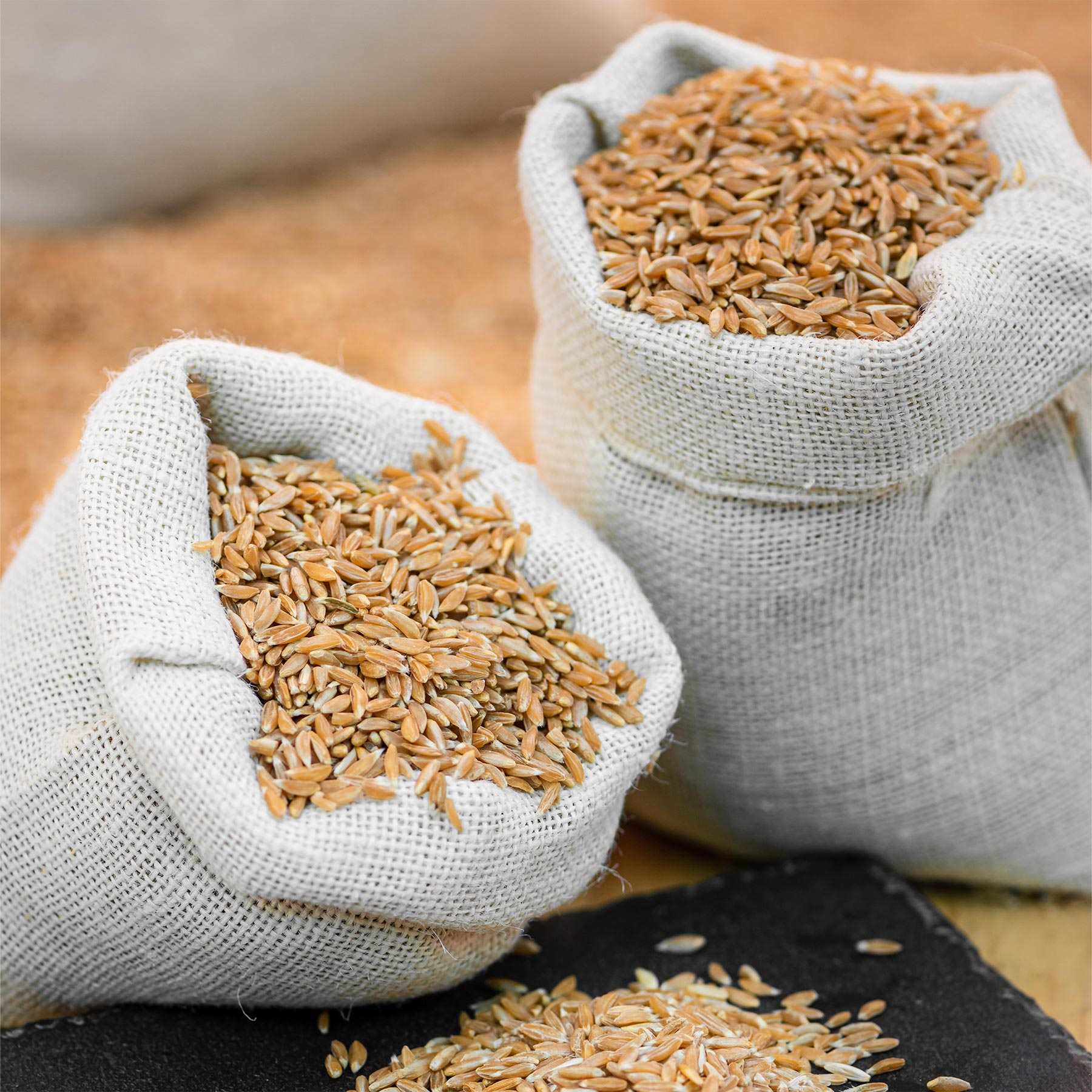
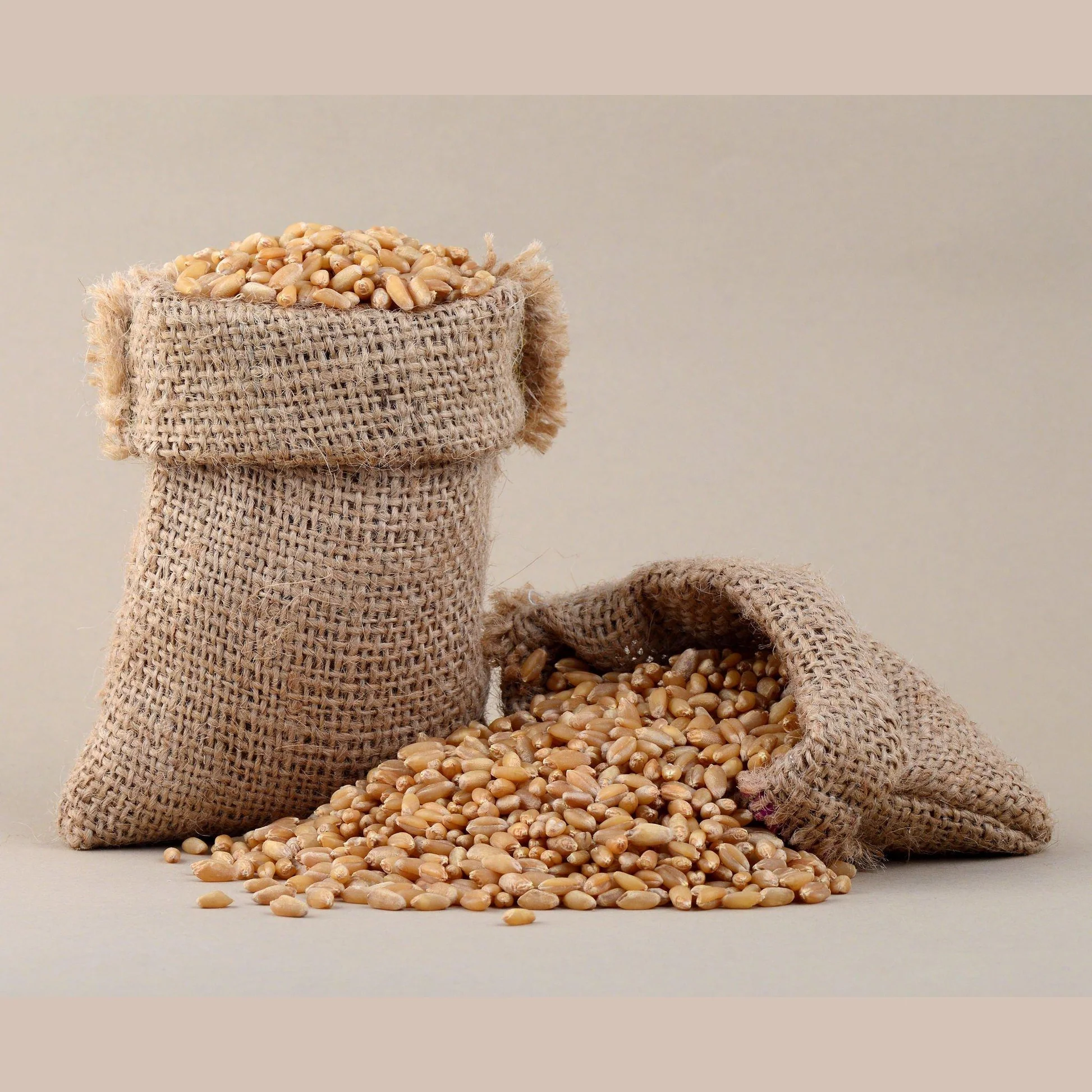


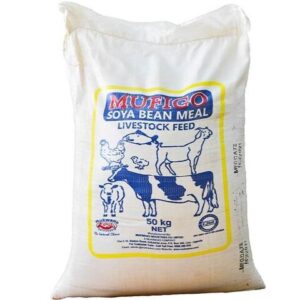
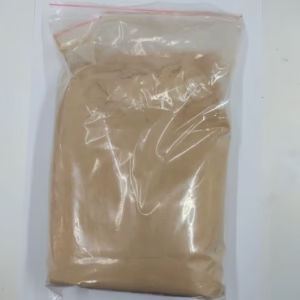


Reviews
There are no reviews yet.